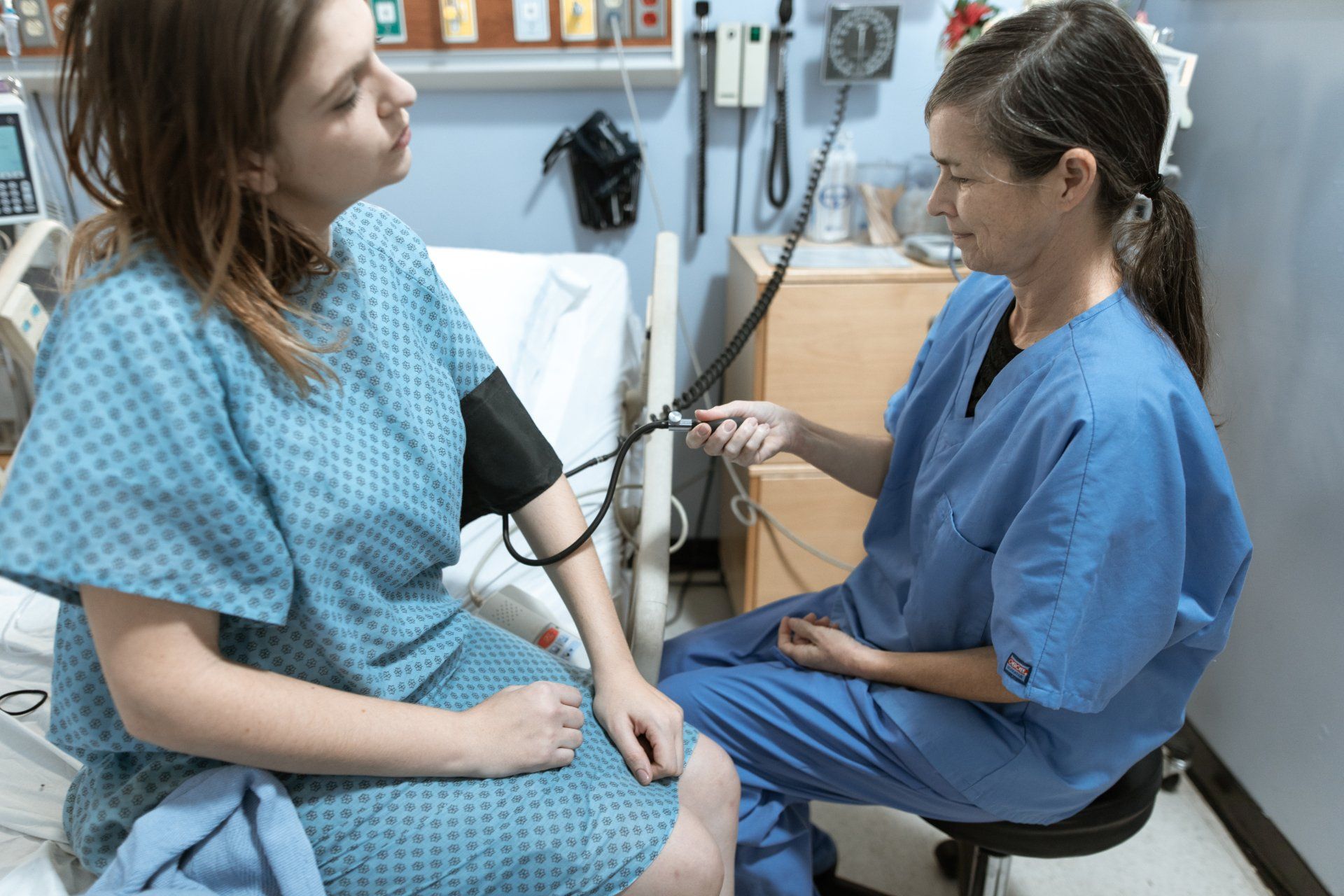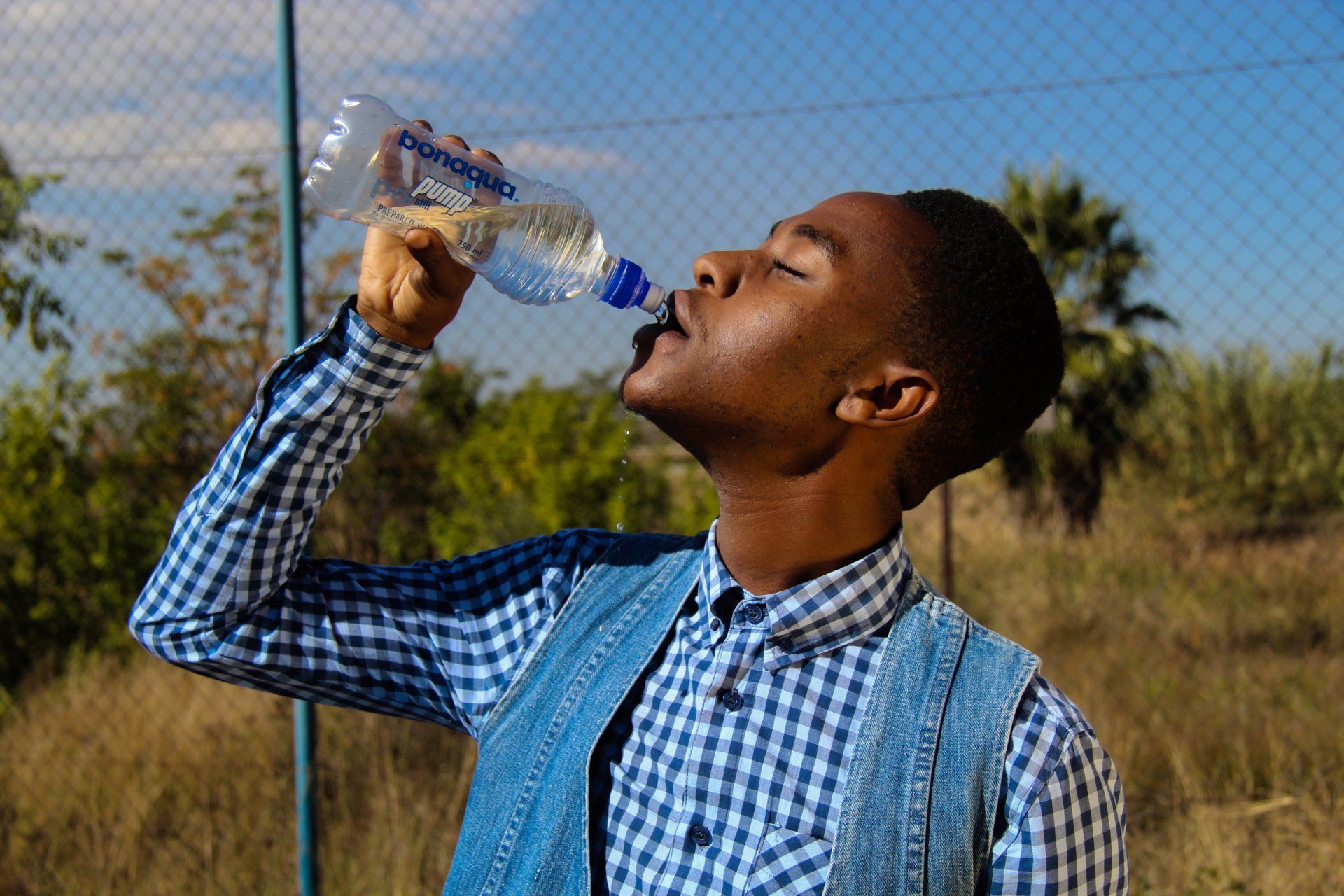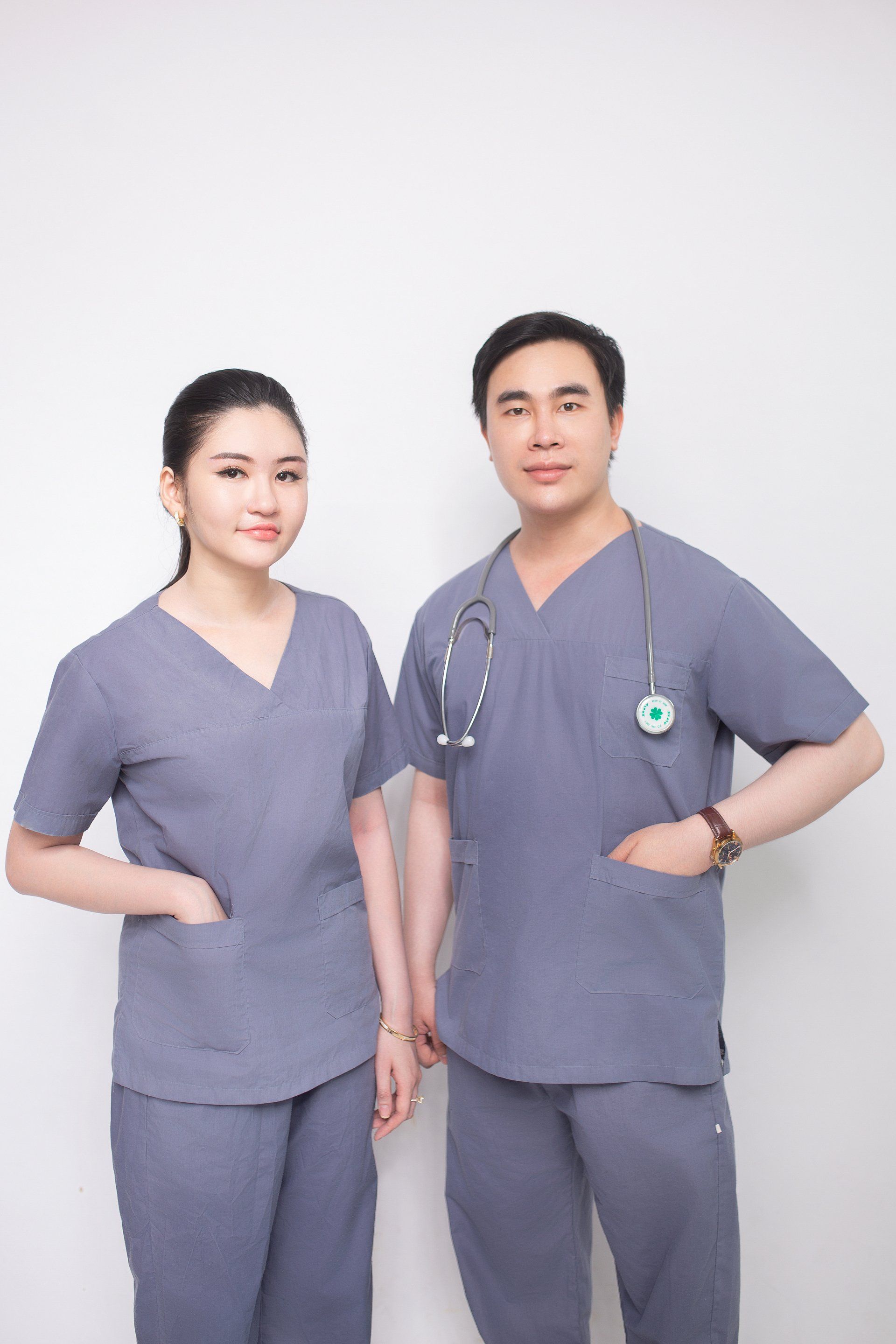Is Your Baby In Container Jail? Spring Him On Good Behavior!
What is Container Baby Syndrome? And what new parents need to know about it.
written by Kimberly Hennerfeind RN

According to the American Academy of Pediatrics, the official definition of Container Baby Syndrome comes from the American Physical Therapy Association (APTA), which describes it as problems, movements, and behaviors caused because a baby spending too much time in a container.
A container?
While that's a strange way of putting it, it's accurate. So many new gadgets used to comfort an infant and bring convenience to new parents to "free up their hands" are on the market.
This article will discuss Container Baby Syndrome, what babies are at risk of, and how to avoid it. We will also tell you how to prevent this from happening to your little one. Read on!
So, what counts as a container, and why does it matter?
● Car seats
● Strollers
● Jumpers
● Bumbo seats
● Baby walkers
● Vibrating chairs
● Bouncy swings
● Activity gyms/centers
● Slings and packs
● Nursing pillows
And more.
All of these can be considered containers.
Great! I'm home alone. Should I feel guilty for putting the baby in the vibrating chair and bringing her to the bathroom while I shower?
Absolutely not.
Many of these devices are marketed to parents to improve their baby's development. However, the opposite is true.
Why?
Because they restrict movement by not allowing natural mobility and strengthening of your baby's little muscles and desire to interact with the environment.
What does this mean for my baby?
Restricting movement is harmful to your baby because it can lead to the following:
● Decreased movement, strength, and coordination: your baby can be delayed in gross motor skills
● Vision, speech, hearing, and delays in processing information: due to your baby's inability to explore their environment
● Flathead (plagiocephaly): the back of the head is abnormally flat.
● Facial asymmetries: the face appears asymmetrical as a result of the flattened head
● Torticollis: tightness of the neck muscle (sternocleidomastoid) on one side or the other limiting your baby's ability to turn their head. This creates a preference for one side only, making it difficult for them to turn their head to the other side.
● Decreased strength, coordination, and movement: causing your baby to be delayed in their gross motor skills
● Attention Deficit Hyperactivity Disorder (ADHD): from lack of movement and sensory stimulation
● Spinal issues: Confining your baby may cause positions that are not in correct alignment, causing the curvature not to develop correctly
● Increased weight/obesity: from lack of movement
What can be done?
Your pediatrician will check your baby head to toe physically and developmentally.
Parents know their babies best, though. So if you think something is concerning, bring it up.
If your doctor notices any of the above issues, they may refer you to a physical therapist.
A skilled therapist will:
● Use age-appropriate toys to entice your baby to move and work muscles for strength
● Will help baby sit up without a container if they are delayed in this area
● Place much emphasis on teaching the parent correct positioning and reasons why it's important
● Teach parents ways to encourage development at home and limit time in containers.
How to prevent Container Baby Syndrome
● Make sure your baby is getting increased tummy time when awake (with adult supervision)
● Hold your baby periodically throughout the day instead of leaving him in a container
● Limit the time your baby spends in containers
● Allow your baby to play in a playpen
● While supervising, place the baby on the tummy or back on a blanket to play
But my doctor told me to put my baby on his back!
The American Academy of Pediatrics (aap.org) has decreased Sudden Infant Death Syndrome (SIDS) through its Safe Sleep Campaign. Healthcare professionals taught "back to sleep," and moms and dads dutifully listened.
Placing your baby on her back is the safest position when sleeping, and using equipment such as car seats is a must when traveling.
Putting a baby in a container for short periods is acceptable, and a few minutes of tummy time daily will help their development; but while sleeping, they should be on their backs.
Safe sleep tips
● Always put the baby back to sleep. Sleeping on a baby's back makes it less likely to die of Sudden Infant Death Syndrome (SIDS).
● Always put a baby in a crib to sleep. The baby should be placed in a separate sleep area but in the same room as the parents.
● Take out any loose objects, bedding, or soft toys from the baby's sleep area. Only have a tight-fitting sheet with no pillows or blankets.
● Take out any bumper pads. These can cause suffocation.
● Quit smoking. Including during pregnancy and any secondhand smoke after the baby comes home.
● Mothers are encouraged to breastfeed for the first six months. Breastfeeding reduces the risk of SIDS.
Related Resources
https://napacenter.org/tummy-time-toys/
https://www.parents.com/baby/development/physical/tummy-time-guide/
https://www.parenting.com/activities/baby/best-tummy-time-toys/
Kimberly Hennerfeind, RN has almost 30 years of experience focusing primarily on NICU, pediatrics, and legal case review. She lives near Nashville, TN, with her husband and has two grown sons, twin granddaughters, Boston terriers, and German shepherds.
https://www.linkedin.com/in/kimberly-hennerfeind-rn-76551348/
Thank you for reading Patient Education Essentials, the Write Shift RN blog.
Disclaimer: This article was written as a guest post for Write Shift RN LLC's blog. The information in it may not be wholly fact-checked or edited, allowing the reader to see the writer's work and skills firsthand. This information is not intended as medical advice. It is for informational and educational purposes only. Always talk to your doctor or other qualified healthcare providers about any questions or concerns you may have regarding medical conditions.











